The United Nations Disaster Risk Agency holds that “displacement means situations where people are forced or obliged to leave their homes or places of habitual residence because of a disaster or to avoid the impact of an immediate and foreseeable natural hazard. Such displacement results from the fact that affected persons are (i) exposed to (ii) a natural hazard in a situation where (iii) they are too vulnerable and lack the resilience to withstand the impacts of that hazard. It is the effects of natural hazards, including the adverse impacts of climate change, that may overwhelm the resilience or adaptive capacity of an affected community or society, thus leading to a disaster that potentially results in displacement. Disaster displacement may take the form of spontaneous flight, an evacuation ordered or enforced by authorities or an involuntary planned relocation process. Such displacement can occur within a country (internal displacement), or across international borders (cross-border disaster displacement)”[i].
But what if mobility due to climate extremes is a crisis for some but an adaptation measure for other city residents? From the crisis point of, the extent of urban flood displacement risk is explained by how many of us live in urban settings, and how common floods are. Much of the world’s population lives in towns and cities. Estimates are that by 2050 66% of us will live in urban settings, many of us in informal settlements[ii]. Floods are the most common hazard to affect towns and cities around the world. More than 17 million people are at risk of being displaced by floods each year. Of these, more than 80 per cent live in towns and cities. Flood displacement risk is highest in South Asia, East Asia, and the Pacific, and is high and rapidly increasing in Sub-Saharan Africa[iii].
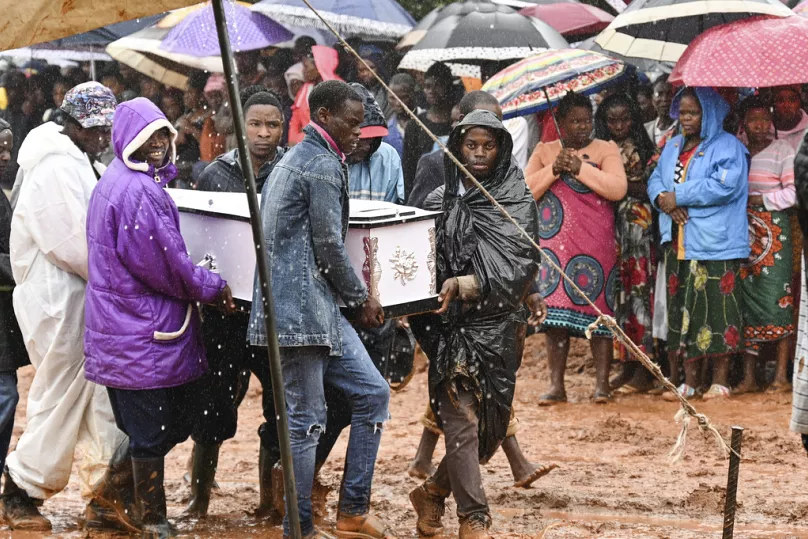
What has changed? Climate crisis events that used to happen once in a decade, now occur multiple times in a matter of months!
The year 2023 has provided bitter evidence that we are living in a world of perpetual crisis, with astounding flood-induced disasters in Derna-Libya to the wildfires in Hawaii that devastated Maui, fatal landslides in Cameroon’s capital of Yaoundé and south-eastern state São Paulo, overflows in the Indian state of Sikkim and hundreds of millions across the US, Europe, and Asia hit by severe Heat. With three months of 2023 still left and damages from several recent disasters still being calculated, the cost to cities as habitats for most of humanity could surpass previous years.
Based on the relentless media coverage and official inquiries, it would be natural to deduce that the tragic events on September 10 in the flood-ravished eastern Libyan city of Derna, with its destruction and heavy death toll of more than eleven thousand, was a catastrophe aggravated by the collapse of two dams that were decades old[iv]. The city of Derna was devastated by flash floods following the passage of storm Daniel which caused havoc across the Mediterranean Sea. A quarter of all buildings in Derna have been affected: almost 900 buildings destroyed, more than 200 partly damaged, and almost 400 completely submerged in mud[v].
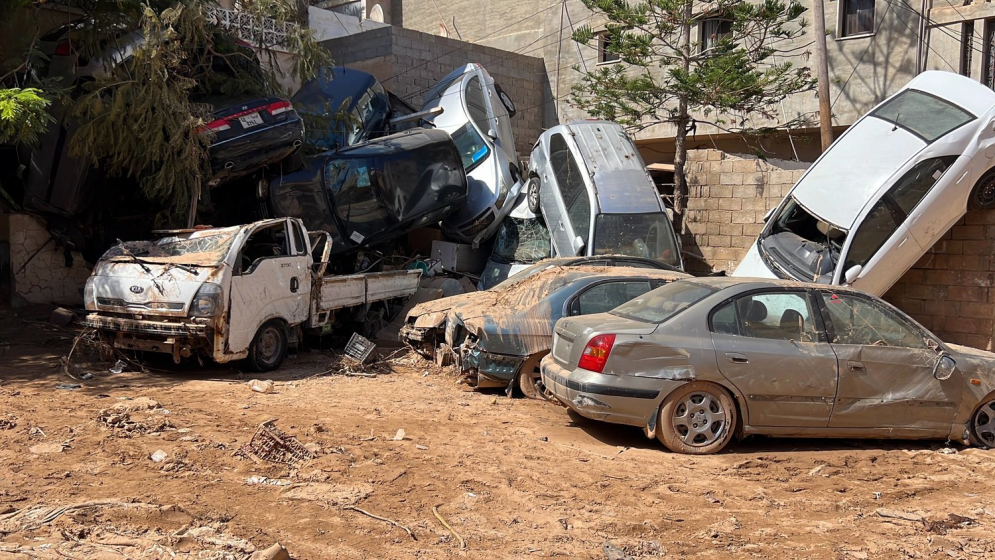
Therefore, there is a need for the creation of a human settlement resilience framework for early warning, foresight, risk reduction, crisis response, and post-crisis recovery and reconstruction[vi]. Also, urban planning and funding for urban development must take natural hazards and climate change-related risks, especially flooding, into consideration to prevent future disasters[vii].
However, the complex pattern of urban climate mobilities calls on us to shine a light on both the crisis challenges and adaptation opportunities[viii][ix]. If adaptation refers to any human response taken to cope with changes in the external environment to survive the impacts with minimal damage and improve living conditions in a given habitat, then when urban residents decide or are forced to move due to climate extremes ― whether sudden or slow ― their mobility is an adaptation strategy that allows them to minimize harm for themselves and/or improve their overall lives. We also need to remember that the decision, as well as the ability to migrate, are intrinsically linked to the question of pre-existing vulnerabilities ― many individuals do not have the financial and social means to plan for and act upon their migration aspirations. In some cases, people may be unwilling to leave because of uncertain prospects elsewhere, or because leaving would result in losses in terms of land and assets; they may thus choose to stay in areas at risk, exposing themselves to even greater danger.
On trans-local adaptive mobilities in Kampala city
In Kampala city, Uganda, though floods do not generally have a very long duration ― normally lasting from several hours to at most two days ― they do on one hand cause major disruptions in transport and can lead to the spread of malaria and cholera, while on the other hand, the urban poor, whose choice of where to live is driven by a series of trade-offs between what is affordable, proximity to income earning opportunities, social networks, and kinship ties, may not move out of hazard-prone areas. Due to the overlapping nature of challenges and opportunities associated with residency in flood-prone areas, low-income Kampalans can choose two adaptation measures: i) temporary relocation (this is largely voluntary, within and outside the settlements); and ii) permanent relocation (both voluntary and involuntary, within and outside the settlement). Temporary relocation can be seen as a coping response to the emergency since people often return to their homes immediately after the waters recede. Since floods occur frequently, populations have become used to tackling the consequences by seeking temporary shelter in various places. Residents relocate temporarily during flood events within their settlements, either to a friend or relative whose place is less prone to flooding or where the water doesn’t enter the house.
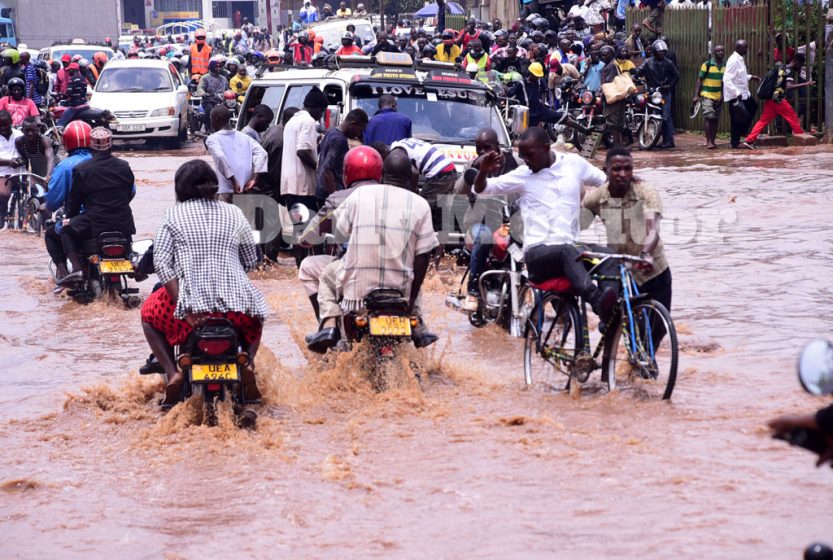
Permanent relocation is considered by the affected people to be a normal or near-normal adaptation strategy for flooding. Populations that have relocated permanently also view it as a coping mechanism and survival strategy. However, permanent relocation is a choice not available to everyone as it depends on resources, information, and other social and personal factors. Most of the permanent relocations were from areas that are highly prone to flooding to areas that are less prone or not prone at all.
The tipping points, conditions, or thresholds at which a series of flood events or incidents become significant enough to cause households or individuals to relocate permanently are: when the floodwaters inundate the houses frequently during rainy seasons; constant loss and damage of property; frequent health risk during rainy seasons (with diseases such as cholera, foot diseases, and diarrhea); destruction of livelihoods; the high cost of managing floods, which in the long run puts a strain on their income; children at risk of drowning and illness; children skipping school for fear of drowning; general frustration with the situation. When flooding events coincide with economic or social stressors, the potential for relocation becomes more and more significant[x].
To be “trapped”, individuals must not only lack the ability to move but also either want or need to move. The people living and continuing to stay in flood-prone areas can use flood risk as an opportunity whereby living with the risk provides an opportunity to establish or maintain an income flow that would otherwise not be possible.
Conclusion:
Climate mobilities can be a crisis or an adaptation measure, but what happens if geographically distant places face risks simultaneously due to the global and systemic character or multiplicity of crises?
This concluding question implies that whether it is crisis-ridden or adaptive climate mobilities, at whatever urban scale, mobility amidst climate extremes in cities can no longer be understood along the notions of global connectedness, the possibility of geographically spreading risk, or global solidarity at the time of response to disasters. On the one hand, adaptive climate mobility can be a sign of plummeting global solidarity, like in the case of the Libyan city of Derna where it is mostly wealthy emigrants investing a portion of their monetary savings into the homeland. At a trans-local level, adaptation failure could be when the risk-mitigation strategies of the urban poor fail to match the scale, severity, and frequency of disasters. But even in this case, the last option that urban residents could take, especially in countries where government and global responses are inadequate, could be still mobility as adaption at the expense of their own well-being and risk of mortality. Therefore, there is a need for more research that is at the intersection of crisis-ridden and adaptive climate mobilities in cities.
Buyana Kareem
Kampala
[i] UNDRR. 2019. Words into Action guidelines – Disaster displacement: How to reduce risk, address impacts, and strengthen resilience
[ii] https://floodresilience.net/resources/item/assessing-urban-disaster-displacement-risk/
[iii] https://floodresilience.net/blogs/climate-adaptation-remains-woefully-underfunded-wealthy-nations-must-pay-their-fair-share/
[iv] https://www.atlanticcouncil.org/blogs/menasource/derna-libya-dams-international-community/
[v] https://news.un.org/en/story/2023/09/1141242
[vi] https://unhabitat.org/news/15-sep-2023/flash-appeal-urban-crisis-response-to-the-catastrophic-floods-in-derna-libya
[vii] https://iopscience.iop.org/article/10.1088/1748-9326/abc586
[viii] https://www.nature.com/articles/478477a
[ix] https://comparativemigrationstudies.springeropen.com/articles/10.1186/s40878-019-0163-1
[x] Kisembo, T., 2018. Flood risk-induced relocation in urban areas. Case studies of Bwaise and Natete, Kampala (Master of Science dissertation, Makerere University).

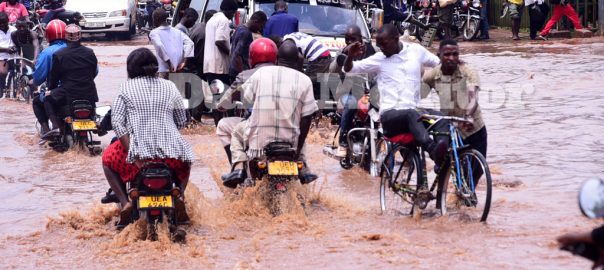







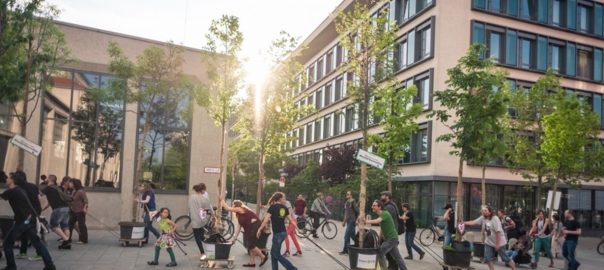

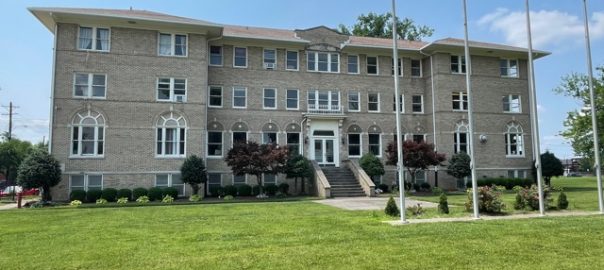
Add a Comment
Join our conversation